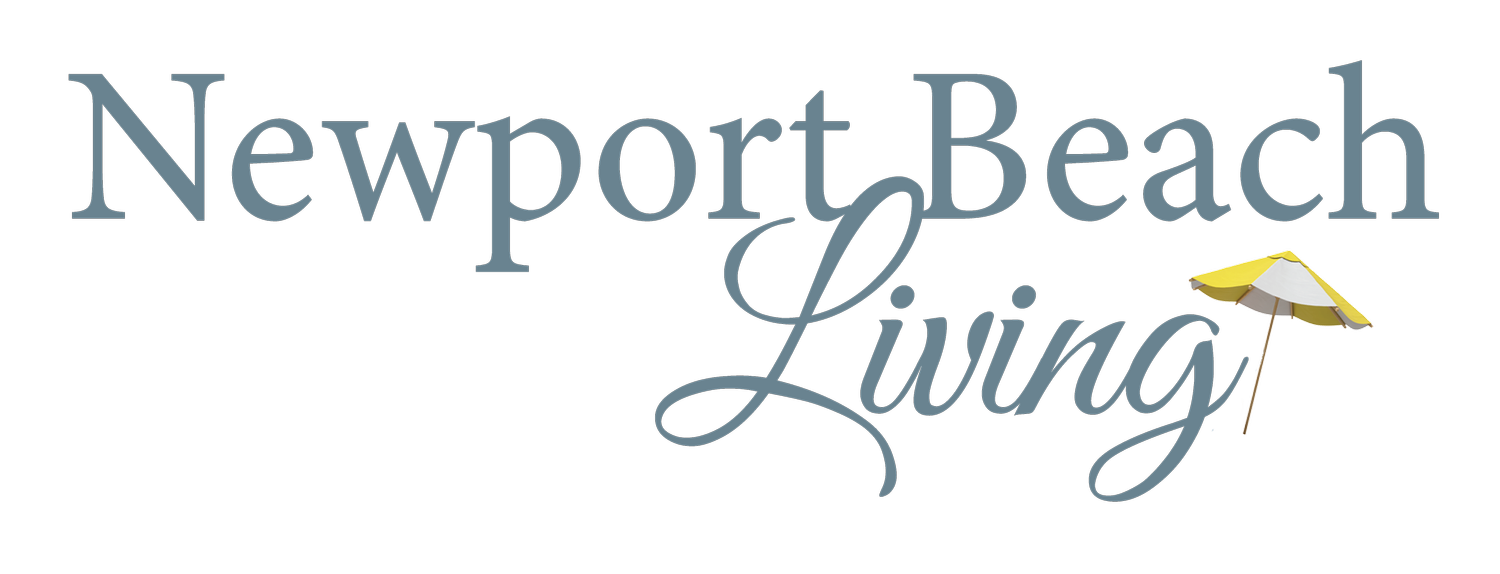California: The Country We “Bearly” Knew
By: Carolyn Smuts
Most people forget that for a fleeting moment following a mini-revolution in the mid-1800s, California existed as an independent nation, complete with its own flag. Also known as the Bear Flag Republic, the new nation existed only 25 days, but the flag that inspired its name lives on.
In 1846, a group of American settlers in Mexican-controlled California rebelled, declaring the state an independent republic, but it was no impulsive decision. Inspired by a revolt in the Mexican province of Texas 11 years earlier, white settlers throughout what is now the American Southwest vocally supported rebellion against Mexico.
At dawn on June 14, 1846, a group of around 30 scruffy American rebels descended on Sonoma, stealing Mexican horses and ultimately imprisoning Colonel Mariano Vallejo who surrendered without a fight. The new Republic of California seemed poised to thrive.
Once the dust settled, some of the ragtag revolutionaries felt the need to make things more official in the new nation. So, they set about designing a flag.
California pioneer John Bidwell recalled in 1890:
“Another man left at Sonoma was William L. Todd who painted, on a piece of brown cotton, a yard-and-a-half or so in length, with old red or brown paint that he happened to find, what he intended to be a representation of a grizzly bear. This was raised to the top of the staff, some seventy feet from the ground.”
At the time, grizzly bears abounded in California; they were known to be strong and fierce, standing their ground just as the rebels intended to stand theirs. In addition, the settlers added the name "California Republic" to the flag they raised. Thus, the Bear Flag was born.
But that’s not all they added. A failed 1836 independence movement had flown what they called the Lone Star Flag featuring a red star on a white background. As a nod to this earlier movement, the rowdy residents of the new republic added a red star to the Bear Flag. The last known example of an original Lone Star Flag exists at The Autry Museum of the American West in Los Angeles.
Sadly, the Republic ended before it really got started. On July 7, 1846, Commodore John Drake Sloat of the United States Navy arrived in California, raised the American flag, and claimed the territory for the United States. But the Bear Flag didn’t disappear.
The first official version of the Bear Flag, based on the original created by the California rebels, was adopted as the official state flag by the California State Legislature and signed into law by Governor Hiram Johnson in 1911.
Sadly, the original Bear Flag painted by William L. Todd and raised at Sonoma in 1846 was destroyed in the fire that followed the Great San Francisco Earthquake of 1906.
But even that didn’t keep the Bear Flag down. Still obstinately refusing to disappear, it can be seen today flying above state buildings and schools and on t-shirts in hundreds of surf and tourist shops all along the California coast.


